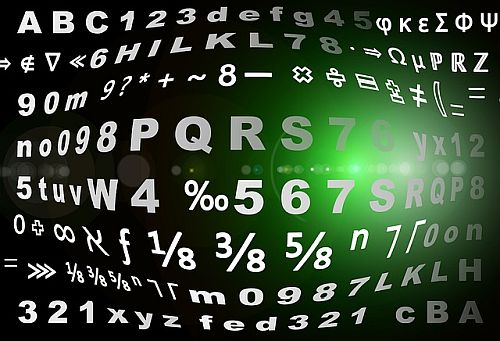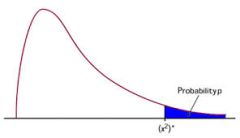Law of Multiplication Calculator
Instructions: Use this Law of Multiplication calculator to compute the probability \(\Pr(A \cap B)\). Please provide the probabilities \(\Pr(A | B)\) and \(\Pr(B)\) in the form below:
Law of Multiplication for Computing Probabilities
The Law of Multiplication is one of the most basic theorems in Probability, and it is directly derived from the idea of conditional probability. So in other words, the law of multiplication is at the core of the concept of conditional probability. Mathematically, the law of multiplication takes the following form for \(\Pr(A \cap B)\).
Hence, the Law of Addition takes the following shape:
\[ \Pr(A \cap B) = \Pr(A | B) \Pr(B) \]One crucial observation consists of this: If \(A\) and \(B\) are independent, \(\Pr(A | B) = \Pr(A)\), which indicates in other words that the occurrence of \(B\) does not affect the probability of occurrence of \(A\). So then, in the case that \(A\) and \(B\) are independent we have that \[ \Pr(A \cap B) = \Pr(A) \Pr(B) \]
From here you may want to use our conditional probability calculator or our law of addition calculator .





